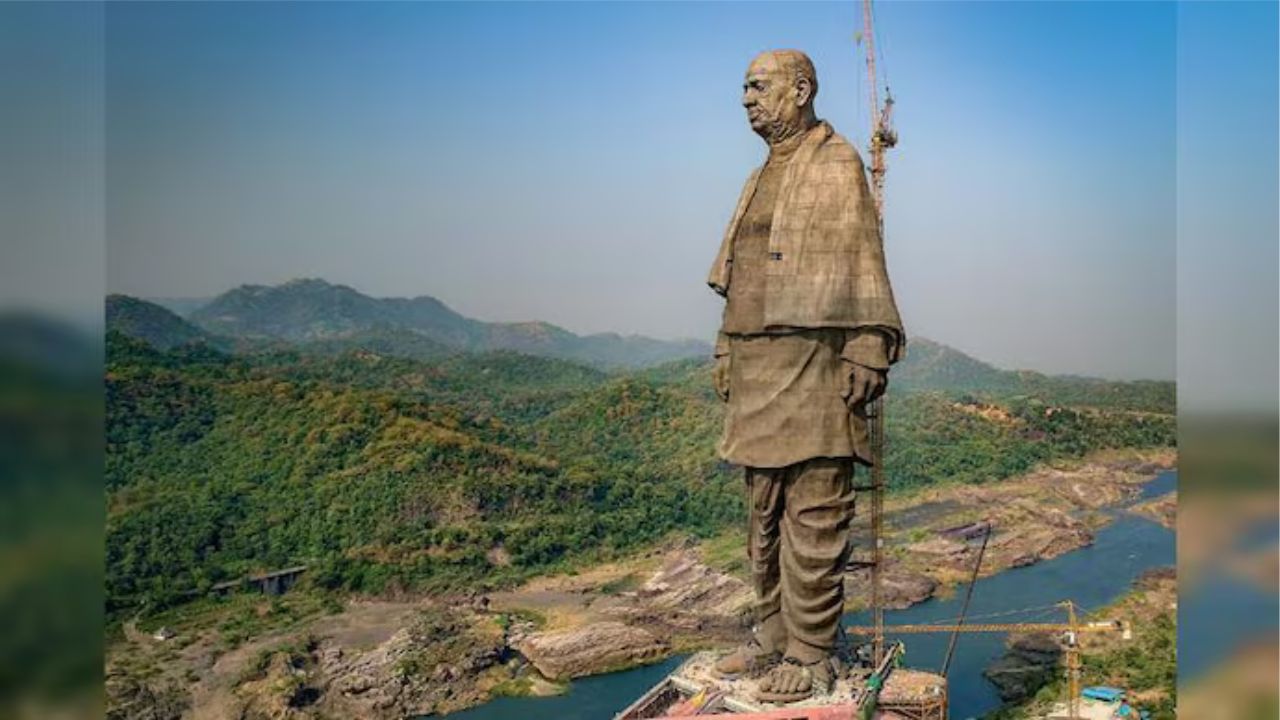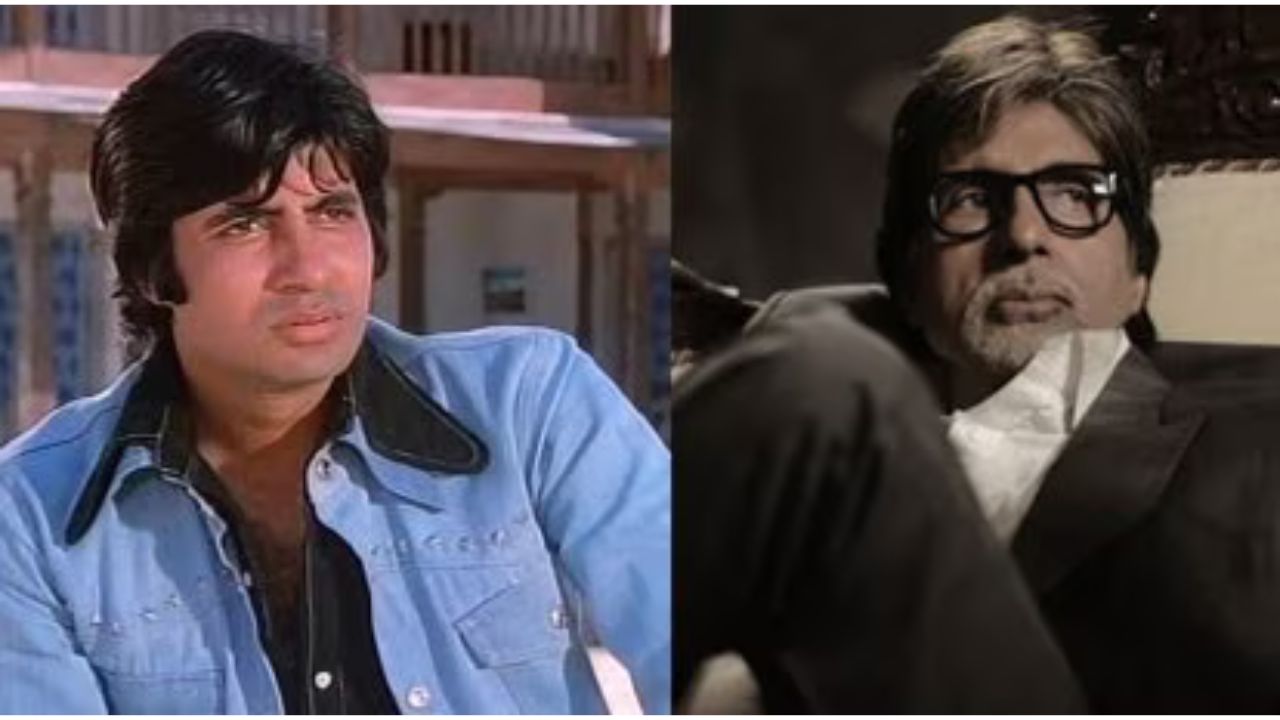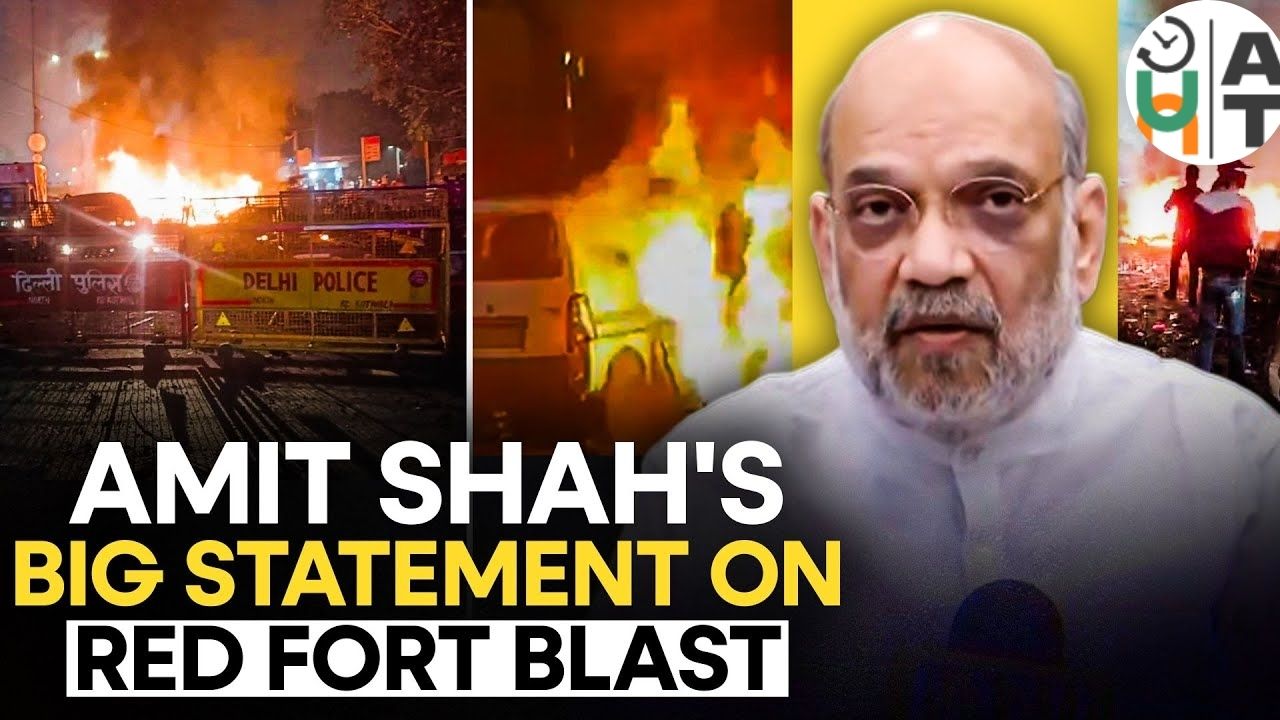A Day That Unites India: The Spirit of National Unity Day
Welcome to A Bright Time. So how are you guys? We’ve got you covered today. Breaking News Every year on October 31, India celebrates National Unity Day, also known as Rashtriya Ekta Diwas, to honor the birth anniversary of Sardar Vallabhbhai Patel — the man who united a fragmented India into one nation.
The day holds deep emotional and patriotic significance, symbolizing the values of national integration, strength, and unity that Patel championed throughout his life. Often referred to as the “Iron Man of India,” Patel’s contribution to the formation of modern India remains unmatched.
As India marks National Unity Day 2025, millions across the country participate in the “Run for Unity”, take the unity pledge, and reflect upon the vision and leadership of the man who transformed India from a collection of princely states into a strong, sovereign republic.
In this article, we explore Patel’s life, legacy, and the reason behind celebrating this day with pride.
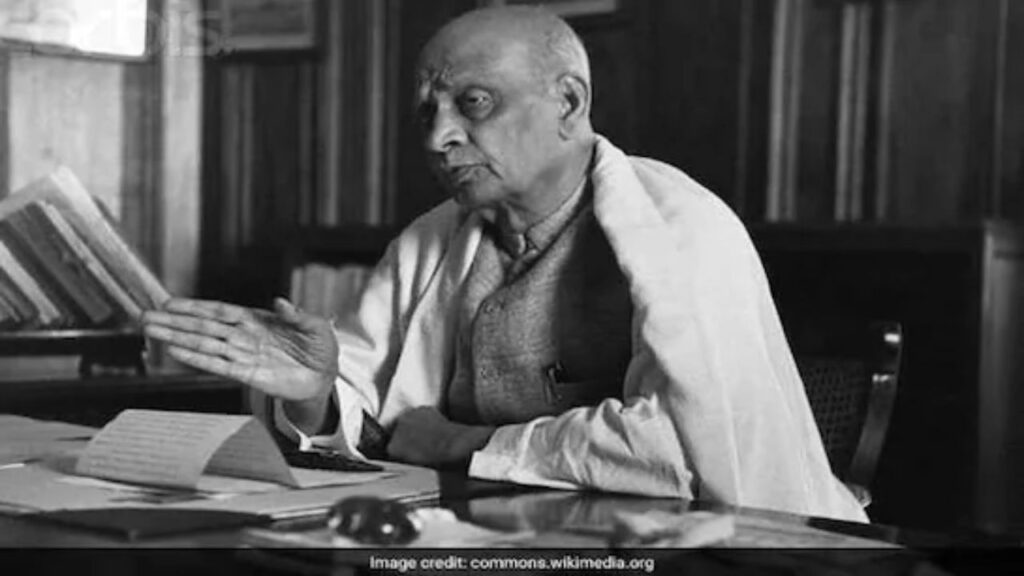
What is Sardar Patel Famous For?
Sardar Vallabhbhai Patel (1875–1950) was one of India’s most influential leaders during and after the country’s independence movement. Born in Nadiad, Gujarat, Patel began his career as a barrister before becoming deeply involved in the Indian freedom struggle under the guidance of Mahatma Gandhi.
However, Patel’s fame extends far beyond his political achievements — his name has become synonymous with unity, integrity, and nation-building.
1. The Architect of a United India
At the time of independence in 1947, India was divided into 562 princely states, each ruled by local monarchs. Patel’s most remarkable contribution was convincing — and at times compelling — these rulers to join the Indian Union.
Through diplomacy, courage, and determination, he prevented the fragmentation of the country and laid the foundation for a strong and united India.
2. The “Iron Man of India”
Patel’s unbending will and decisive action during India’s integration earned him the title of the “Iron Man.” His leadership ensured that the newly independent nation did not fall into chaos or internal conflict.
3. The First Deputy Prime Minister and Home Minister
As India’s first Deputy Prime Minister and Home Minister, Patel handled internal security and administrative integration at a time when the nation faced challenges from communal violence, refugee crises, and political instability. His pragmatic approach brought order during one of India’s most turbulent periods.
4. Builder of Indian Civil Services
Patel was instrumental in creating the Indian Administrative Service (IAS) and Indian Police Service (IPS), describing them as India’s “steel frame.” He believed these institutions were vital for maintaining unity and governance in the vast and diverse nation.
Why Is National Unity Day Celebrated?
National Unity Day or Rashtriya Ekta Diwas was first introduced in 2014 by the Government of India to commemorate Sardar Patel’s birth anniversary and to honor his monumental role in unifying the nation.
The celebration of this day goes beyond paying tribute — it serves as a reminder of the power of unity in a country as diverse as India, with its many languages, cultures, and religions.
1. A Symbol of Oneness
National Unity Day is celebrated to reinforce the message that India’s strength lies in its diversity. Patel’s vision was of a nation bound not by religion or language, but by shared values of freedom, equality, and patriotism.
2. The Run for Unity
Every year, government institutions, schools, colleges, and citizens participate in the “Run for Unity”, symbolizing the country’s collective strength and determination to stay united against divisive forces.
3. Pledge for National Integrity
The Unity Pledge is recited across government offices, schools, and public gatherings. The pledge commits citizens to work for national integration, security, and harmony.
4. The Statue of Unity
A major highlight of Unity Day celebrations is the Statue of Unity, located in Kevadia, Gujarat. Standing 182 meters tall, it is the world’s tallest statue — a grand tribute to Patel’s towering personality and his vision for India.
Every year, thousands of visitors gather here on October 31 to pay homage to the Iron Man.
Was Sardar Patel Against Gandhi?
While Patel was known for his strong will and independence of thought, his relationship with Mahatma Gandhi was one of mutual respect and deep admiration — even when they disagreed on certain matters.
1. Shared Vision, Different Paths
Both Gandhi and Patel were pillars of India’s freedom movement. Gandhi was a spiritual leader, guiding the nation through non-violence and moral philosophy, while Patel was a pragmatic organizer, ensuring the movement was effective on the ground.
Though they occasionally disagreed on strategy, their shared goal was always India’s independence and unity.
2. The Gandhi-Patel Bond
Gandhi trusted Patel immensely, calling him his “shield”. Patel, in turn, always referred to Gandhi as his “guide and conscience.” After Gandhi’s assassination in 1948, Patel was deeply affected, saying, “We have lost our light. Our path is now dark.”
3. Political Differences
Some historians note that Patel favored a firmer approach toward certain political issues — such as dealing with Pakistan or managing communal riots — compared to Gandhi’s softer, conciliatory tone.
However, despite differences in opinion, Patel always upheld Gandhi’s ideals and continued to work toward the same vision — a strong, united, and free India.
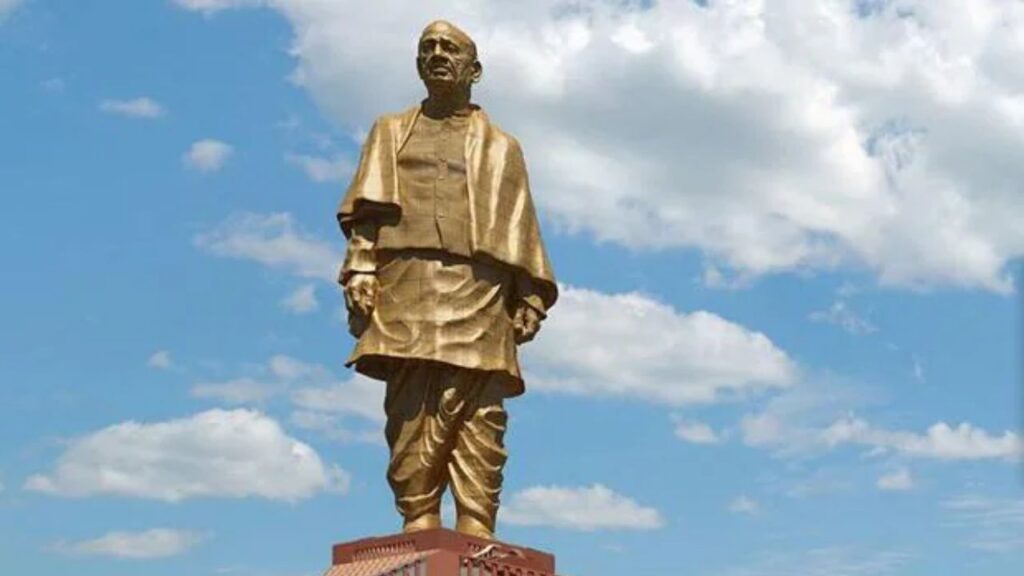
Sardar Patel’s Legacy in Modern India
Seventy-five years after his passing, Patel’s ideas remain deeply relevant in today’s India. His vision for national integrity, efficient governance, and self-reliance continues to guide policymakers and citizens alike.
1. The Statue of Unity — Symbol of Pride
Unveiled in 2018, the Statue of Unity stands as a global symbol of Indian pride and patriotism. It attracts millions of visitors annually, serving as a reminder of Patel’s unparalleled contribution to nation-building.
2. The Spirit of Unity in Diversity
Patel’s dream of a united India thrives in every aspect of national life — from governance to social harmony. His philosophy teaches that strength lies not in uniformity but in embracing diversity with unity of purpose.
3. Recognition and Honors
- In 1991, Sardar Patel was posthumously awarded the Bharat Ratna, India’s highest civilian honor.
- His birthday on October 31 has been designated as National Unity Day to honor his legacy.
- Numerous universities, airports, and institutions across India bear his name, reflecting his lasting influence.
Celebrations Across India in 2025
In 2025, National Unity Day celebrations are taking place across India with renewed enthusiasm. Schools, universities, and government offices are organizing:
- Unity Runs and Cultural Marches
- Seminars on Patel’s Legacy
- Patriotic Exhibitions and Essay Competitions
- Virtual Pledges promoting unity and harmony
At the Statue of Unity in Gujarat, a special ceremony led by the Prime Minister includes floral tributes, cultural performances, and the reading of Patel’s speeches. The event highlights Patel’s message of “Ek Bharat, Shreshtha Bharat” (One India, Great India) — a phrase that continues to inspire generations.
Why Patel’s Message Matters Today
In an age where global and domestic divisions are widening, Patel’s message of unity and national pride feels more urgent than ever. His life reminds us that true nation-building requires both courage and compassion — strength with a sense of purpose.
As India continues to grow as a global power, Patel’s ideals of discipline, integrity, and unity are crucial in preserving the democratic and cultural fabric of the country.
Final Thoughts: Celebrating the Spirit of Oneness
National Unity Day is not just a date on the calendar — it’s a celebration of India’s soul. It reminds us that the freedom we enjoy today was shaped by leaders like Sardar Vallabhbhai Patel, who believed that unity is India’s greatest strength.


